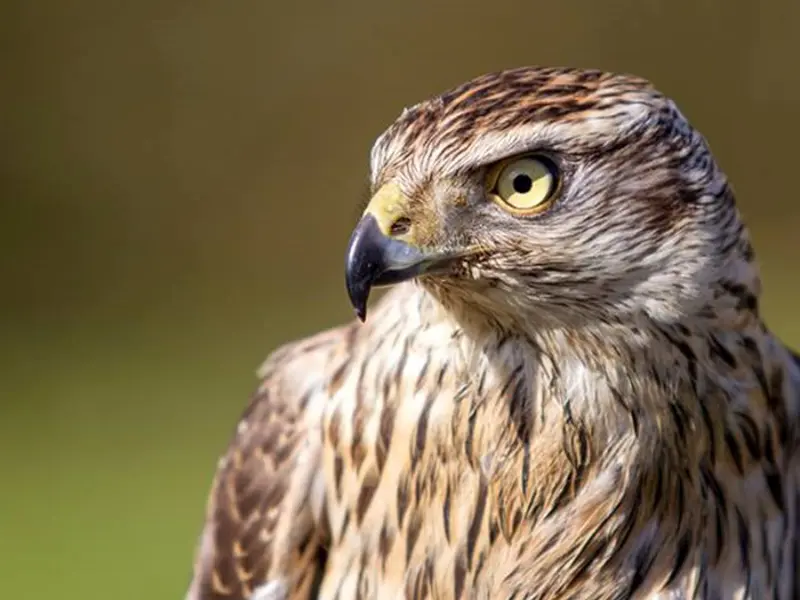“No one will protect what they don't care about; and no one will care about what they have never experienced.” — Sir David Attenborough

Goshawk
Nyyrikki
Nyyrikki hatched on 17th June 2019. Although he is an imprint he is still crazy, but that is part of the charm of this type of hawk. 'Ryyk' has been trained to catch a lure in our displays just how he would hunt in the wild. But... blink and you'll miss him!









